Home>Furniture & Design>Living Room Furniture>How To Keep From Sliding Out Of A Recliner
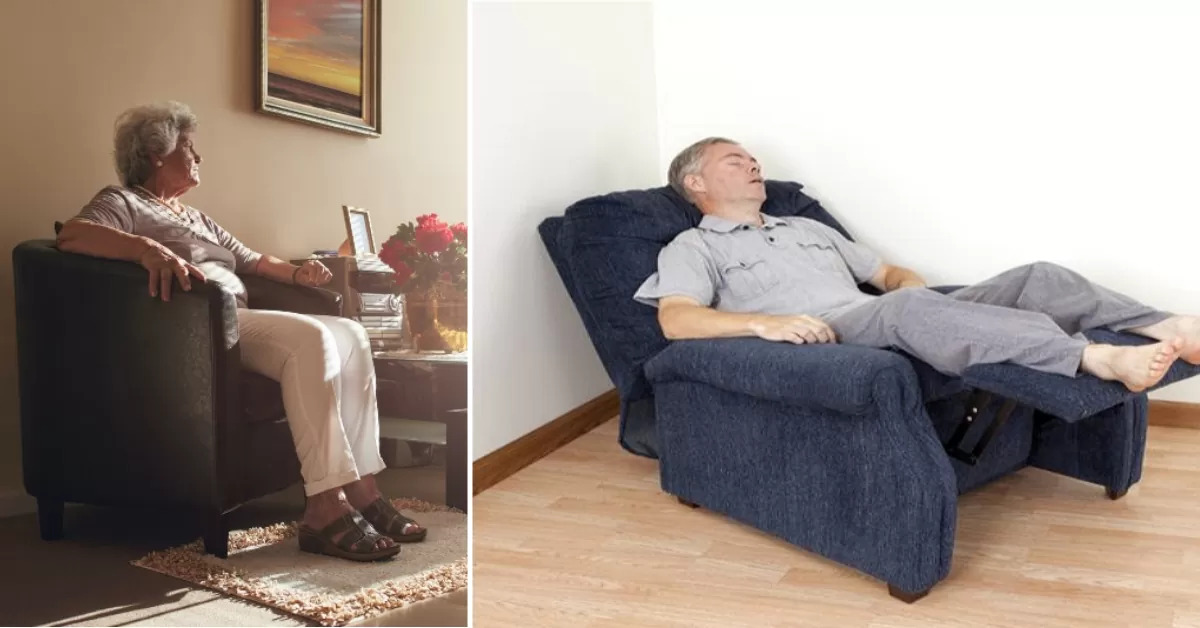

Living Room Furniture
How To Keep From Sliding Out Of A Recliner
Modified: February 18, 2024
Discover effective tips for preventing sliding out of your recliner and maintaining comfort and stability. Explore solutions for secure seating in your living room.
(Many of the links in this article redirect to a specific reviewed product. Your purchase of these products through affiliate links helps to generate commission for Storables.com, at no extra cost. Learn more)
Introduction
Sliding out of a recliner can be an exasperating experience, disrupting the comfort and relaxation that recliners are designed to provide. Whether you're enjoying a leisurely evening or catching up on your favorite TV show, the last thing you want is to constantly readjust your position in the recliner. Fortunately, there are several practical solutions to prevent this common annoyance and ensure that you can fully savor the comfort of your recliner.
In this comprehensive guide, we will explore various strategies to keep from sliding out of a recliner. From understanding the underlying causes of sliding to selecting the right recliner and implementing effective accessories, we'll cover everything you need to know to enhance your reclining experience. Whether you're a proud owner of a classic leather recliner or a modern power recliner, these tips are universally applicable and can significantly improve your lounging sessions.
So, if you've ever found yourself frustrated by the constant need to readjust your position in a recliner, you're not alone. Many individuals encounter this issue, and it can detract from the overall enjoyment of using a recliner. However, with the insights and recommendations provided in this guide, you'll be equipped with the knowledge to address this inconvenience and make the most of your reclining furniture.
Let's delve into the factors contributing to sliding out of a recliner and explore the practical steps you can take to ensure a stable and comfortable seating experience. Whether you're seeking a quick fix or a more permanent solution, this guide will empower you to reclaim the full relaxation potential of your beloved recliner.
Key Takeaways:
- Say goodbye to sliding out of your recliner! Choose a recliner with the right seat depth, backrest, and upholstery to prevent sliding and ensure a stable and comfortable lounging experience.
- Enhance your reclining experience with non-slip furniture pads, slipcovers, footrest extenders, and cushions. These practical solutions provide stability, support, and customization for uninterrupted relaxation in your recliner.
Understanding the Causes of Sliding
Sliding out of a recliner can be attributed to various factors, each of which can compromise the stability and comfort of your seating experience. Understanding these causes is crucial in identifying the most effective solutions to prevent sliding and ensure a secure and enjoyable reclining experience.
One common cause of sliding in a recliner is the lack of friction between the seat and the occupant's clothing. Smooth or slippery fabrics, such as silk or polyester, can exacerbate this issue, causing the occupant to gradually slide down the recliner over time. Additionally, leather recliners, while stylish and luxurious, can also contribute to sliding due to their smooth texture, especially when combined with certain types of clothing.
Another contributing factor is the recliner's design and construction. Recliners with a shallow seat depth or a lack of lumbar support can make it challenging for occupants to maintain a stable and upright position. Furthermore, recliners that are oversized or too spacious for the occupant's body size may lead to unintentional shifting and sliding.
In some cases, the recliner's positioning on smooth or slippery flooring surfaces can also contribute to sliding. This is particularly relevant for recliners placed on hardwood, tile, or laminate floors, where the lack of traction can make it easier for the recliner to shift and the occupant to slide out of position.
Moreover, the natural movements and shifts in body weight that occur during reclining can gradually lead to sliding, especially if the recliner lacks adequate support and stability to accommodate these movements.
Understanding these causes of sliding is essential in devising effective strategies to address the issue. By identifying the specific factors contributing to sliding in your recliner, you can tailor your approach to prevent sliding and enhance the overall comfort and stability of your seating experience.
By comprehensively understanding these causes, you can make informed decisions when selecting a recliner and implementing practical solutions to mitigate the risk of sliding. Whether it involves choosing the right fabric, adjusting the recliner's positioning, or incorporating additional accessories, this understanding forms the foundation for effectively addressing the challenge of sliding in a recliner.
Choosing the Right Recliner
Selecting the right recliner is a pivotal step in preventing sliding and ensuring optimal comfort. When choosing a recliner, it's essential to consider several key factors that directly impact stability and support.
First and foremost, pay attention to the seat depth of the recliner. Opt for a model with a seat depth that accommodates your body size and provides ample support for your lower back. A deeper seat allows for better weight distribution, reducing the likelihood of sliding out of the recliner.
Additionally, consider the recliner's backrest and lumbar support. Look for a design that promotes proper spinal alignment and offers adequate lumbar support to prevent slouching and involuntary shifting. A well-structured backrest contributes to a more stable and comfortable seating position, minimizing the risk of sliding.
The upholstery material of the recliner also plays a crucial role in preventing sliding. Choose a fabric with a textured or slightly grippy surface, such as microfiber or certain woven fabrics, to enhance friction and reduce the tendency to slide. If opting for a leather recliner, consider one with a slightly textured finish or a matte surface, as these tend to provide better traction than smooth, glossy leather.
Furthermore, the size of the recliner should correspond to your body proportions. An excessively large or oversized recliner may lead to unintentional shifting and sliding, particularly if the dimensions do not align with your body size and shape. Conversely, a recliner that is too compact may not provide adequate support, leading to discomfort and instability.
When evaluating recliner options, test the reclining mechanism to ensure smooth and controlled movement. A reliable reclining mechanism not only enhances comfort but also contributes to a more secure and stable seating experience, reducing the likelihood of sliding.
Lastly, consider the flooring surface where the recliner will be placed. If the room features hardwood, tile, or laminate flooring, opt for a recliner with non-slip feet or consider using furniture pads to enhance traction and minimize movement on smooth surfaces.
By carefully considering these factors when choosing a recliner, you can significantly reduce the risk of sliding and enhance the overall comfort and stability of your seating experience. Investing in a well-suited recliner that aligns with your body's needs and preferences is a proactive step toward enjoying uninterrupted relaxation without the inconvenience of sliding out of your recliner.
Using Non-Slip Furniture Pads
Non-slip furniture pads are a practical and effective solution to prevent sliding in a recliner, particularly when placed on smooth or slippery flooring surfaces. These pads, also known as gripper pads or anti-skid pads, are designed to enhance traction and stability, minimizing the risk of furniture movement and unintentional sliding. When strategically applied to the base of a recliner, non-slip furniture pads can significantly improve its grip on the floor, creating a more secure and stable seating experience.
The application of non-slip furniture pads is straightforward and requires minimal effort. These pads are typically made from durable materials, such as rubber or felt, with a textured surface that enhances friction. By adhering these pads to the bottom of the recliner's legs or base, you can effectively mitigate the potential for sliding, especially on hardwood, tile, or laminate flooring where smooth surfaces can contribute to furniture movement.
When selecting non-slip furniture pads for your recliner, consider the size and weight-bearing capacity of the pads to ensure they are compatible with your recliner's dimensions and load. Additionally, opt for pads with a strong adhesive backing to secure them firmly to the recliner's base, preventing displacement during regular use.
The benefits of using non-slip furniture pads extend beyond preventing sliding in a recliner. These pads also help protect the flooring surface from scratches and scuffs caused by furniture movement. By creating a cushioned barrier between the recliner and the floor, non-slip pads contribute to the preservation of your flooring, making them a practical investment for long-term furniture maintenance.
Moreover, non-slip furniture pads are versatile and can be used with various types of furniture, including chairs, tables, and sofas, to enhance stability and prevent shifting. This makes them a valuable addition to any household seeking to maintain a secure and hazard-free environment, especially in areas frequented by children or elderly individuals.
Incorporating non-slip furniture pads into your recliner setup is a cost-effective and efficient way to address the issue of sliding, providing peace of mind and uninterrupted relaxation. By leveraging the gripping power of these pads, you can enjoy the full comfort and stability of your recliner without the inconvenience of constant readjustment, ensuring a seamless and enjoyable lounging experience.
Place a non-slip pad or cushion on the seat of the recliner to prevent sliding. This will provide extra grip and stability to keep you from slipping out of the chair.
Adding a Recliner Slipcover
Adding a recliner slipcover is a practical and versatile solution to prevent sliding while enhancing the aesthetic appeal of your recliner. These slipcovers, available in a wide range of designs and materials, offer several benefits beyond their primary function of protecting and securing the recliner's upholstery.
One of the key advantages of using a recliner slipcover is its ability to create a non-slip surface, effectively reducing the tendency to slide out of the recliner. Slipcovers crafted from textured or grippy fabrics, such as cotton, canvas, or twill, provide enhanced friction, promoting a more stable seating experience. Additionally, slipcovers designed with elasticized edges or adjustable straps ensure a snug and secure fit, minimizing the risk of displacement and maintaining the recliner's position.
In addition to addressing sliding concerns, a well-fitted slipcover can rejuvenate the appearance of an aging or worn recliner, breathing new life into its overall aesthetic. Whether you prefer a sleek, modern look or a cozy, casual vibe, there are countless slipcover styles to choose from, allowing you to customize the recliner's appearance to suit your personal taste and interior decor.
Furthermore, recliner slipcovers offer protection against spills, stains, and everyday wear and tear, preserving the original upholstery and extending the recliner's lifespan. This added layer of defense not only safeguards the recliner's fabric but also simplifies maintenance, as slipcovers are often machine washable, making cleaning and upkeep a hassle-free task.
When selecting a recliner slipcover, consider the dimensions and design of your recliner to ensure a proper fit. Opt for a slipcover with non-slip backing or gripper features to maximize stability and prevent shifting. Additionally, explore the diverse color and pattern options available to complement your existing decor and infuse a fresh style into your living space.
By adding a recliner slipcover, you can effectively address the issue of sliding while elevating the visual appeal and functionality of your recliner. This simple yet impactful solution offers a blend of practicality, style, and protection, enhancing your reclining experience and ensuring long-lasting comfort and stability.
Incorporating a slipcover into your recliner setup is a versatile and cost-effective way to enhance its performance and aesthetics, providing a seamless and enjoyable lounging experience without the inconvenience of sliding.
Using a Recliner Footrest Extender
A recliner footrest extender serves as a practical and innovative solution to enhance the comfort and stability of your reclining experience. This accessory is designed to address the common issue of sliding in a recliner by providing additional support and extension for the lower body, effectively minimizing the risk of involuntary shifting and promoting a more secure seating position.
The primary function of a recliner footrest extender is to offer supplementary leg and foot support, allowing occupants to fully stretch and elevate their legs while reclining. By extending the footrest area of the recliner, this accessory facilitates a more ergonomic and comfortable posture, reducing the likelihood of sliding and promoting better weight distribution.
When using a recliner footrest extender, occupants can enjoy enhanced relaxation and leg support, particularly during extended periods of reclining. This additional support contributes to a more stable and secure seating experience, minimizing the need for frequent readjustment and ensuring uninterrupted comfort.
Furthermore, a recliner footrest extender can accommodate individuals of varying heights and leg lengths, providing a customizable solution to suit diverse seating preferences. This versatility allows occupants to tailor the recliner to their specific comfort requirements, reducing the risk of sliding and enhancing overall stability.
In addition to its ergonomic benefits, a recliner footrest extender can also contribute to improved circulation and reduced pressure on the lower body. By allowing occupants to elevate their legs and feet to a comfortable position, this accessory promotes better blood flow and alleviates strain on the lower extremities, enhancing the overall reclining experience.
When selecting a recliner footrest extender, consider the compatibility with your existing recliner model and the quality of materials used in its construction. Opt for a sturdy and well-designed extender that seamlessly integrates with your recliner, ensuring a secure and reliable extension of the footrest area.
Incorporating a recliner footrest extender into your recliner setup is a practical and effective way to address the issue of sliding while enhancing the overall comfort and stability of your seating experience. This accessory offers a tailored solution to promote optimal leg support and relaxation, ensuring a seamless and enjoyable lounging experience without the inconvenience of constant readjustment.
Using a Recliner Cushion
Integrating a recliner cushion into your seating arrangement can significantly enhance the comfort, support, and stability of your reclining experience. These purpose-built cushions are designed to address common ergonomic concerns and provide tailored solutions to promote optimal posture and relaxation while minimizing the risk of sliding in a recliner.
Recliner cushions are available in a variety of designs, each offering unique features to cater to individual comfort preferences. One of the key benefits of using a recliner cushion is its ability to provide additional lumbar support, promoting proper spinal alignment and reducing the likelihood of slouching or involuntary shifting while reclining. This targeted support contributes to a more stable and secure seating position, allowing occupants to fully immerse themselves in relaxation without the need for frequent readjustment.
Furthermore, recliner cushions are crafted from high-quality, resilient materials that offer a balance of softness and firmness, ensuring optimal comfort and support. The cushion's construction plays a crucial role in distributing body weight evenly, minimizing pressure points, and enhancing overall stability. By incorporating a well-crafted cushion into your recliner setup, you can enjoy a more consistent and comfortable seating experience, free from the inconvenience of sliding or discomfort.
In addition to lumbar support, recliner cushions often feature extended padding for the seat and leg rest areas, providing comprehensive comfort and promoting better weight distribution. This full-body support minimizes the risk of sliding and ensures that occupants can recline for extended periods without experiencing discomfort or instability.
When selecting a recliner cushion, consider the dimensions and compatibility with your recliner model to ensure a proper fit. Opt for a cushion with a non-slip backing or gripper features to maximize stability and prevent shifting. Additionally, explore the diverse color and fabric options available to complement your existing decor and personalize your recliner's appearance.
Incorporating a recliner cushion into your seating setup is a versatile and effective way to enhance the performance and comfort of your recliner. This accessory offers a tailored solution to promote optimal support and relaxation, ensuring a seamless and enjoyable lounging experience without the inconvenience of constant readjustment. Whether you seek additional lumbar support, extended padding, or a customized seating experience, a recliner cushion can elevate your reclining comfort and stability, allowing you to fully embrace the relaxation potential of your recliner.
Conclusion
In conclusion, the challenge of sliding out of a recliner can be effectively addressed through a combination of thoughtful considerations and practical solutions. By understanding the underlying causes of sliding, selecting the right recliner, and implementing targeted accessories, individuals can reclaim the full comfort and stability of their reclining experience.
The causes of sliding, including smooth fabrics, recliner design, and flooring surfaces, shed light on the factors contributing to this common inconvenience. Armed with this understanding, individuals can make informed decisions when choosing a recliner and devising strategies to prevent sliding.
Selecting the right recliner is a pivotal step in mitigating the risk of sliding. Factors such as seat depth, lumbar support, upholstery material, and the recliner's size and positioning play a crucial role in ensuring stability and comfort. By carefully considering these elements, individuals can invest in a recliner that aligns with their body's needs and preferences, reducing the likelihood of sliding and enhancing the overall lounging experience.
Furthermore, practical solutions such as non-slip furniture pads, recliner slipcovers, footrest extenders, and cushions offer targeted approaches to promote stability and support. Non-slip furniture pads enhance traction on smooth surfaces, while slipcovers create a non-slip surface and offer additional protection and aesthetic customization. Footrest extenders and cushions provide supplementary support and comfort, addressing ergonomic concerns and minimizing the risk of sliding.
Incorporating these solutions into the recliner setup empowers individuals to enjoy uninterrupted relaxation, free from the inconvenience of constant readjustment. Whether it's enhancing grip on flooring surfaces, customizing the recliner's appearance, or providing targeted support, these strategies collectively contribute to a more secure and enjoyable reclining experience.
Ultimately, by proactively addressing the challenge of sliding in a recliner, individuals can fully embrace the comfort and relaxation that recliners are designed to provide. With the insights and recommendations outlined in this guide, individuals can navigate the diverse options available and tailor their approach to suit their unique preferences and needs, ensuring a stable and enjoyable reclining experience for years to come.
Frequently Asked Questions about How To Keep From Sliding Out Of A Recliner
Was this page helpful?
At Storables.com, we guarantee accurate and reliable information. Our content, validated by Expert Board Contributors, is crafted following stringent Editorial Policies. We're committed to providing you with well-researched, expert-backed insights for all your informational needs.
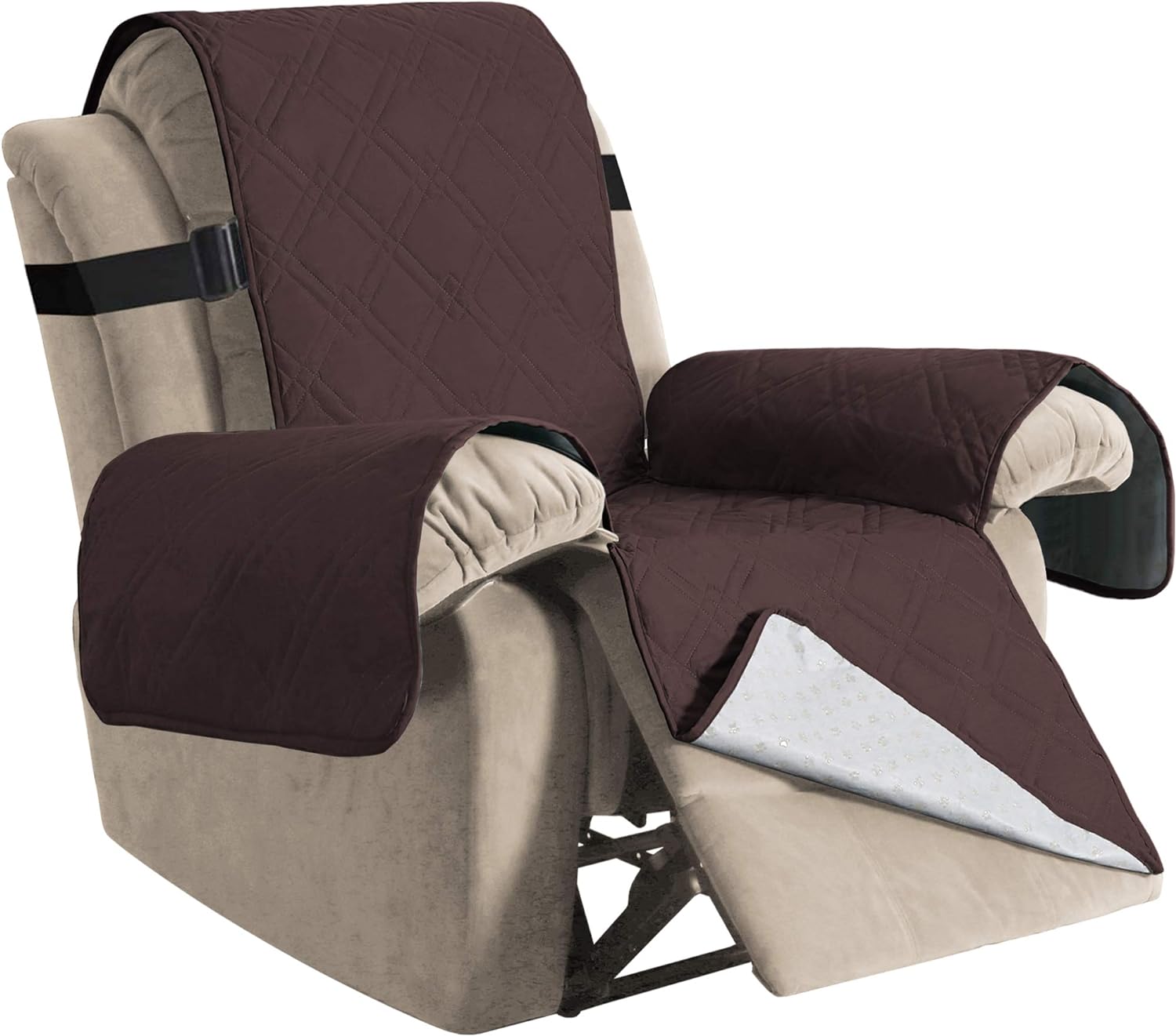
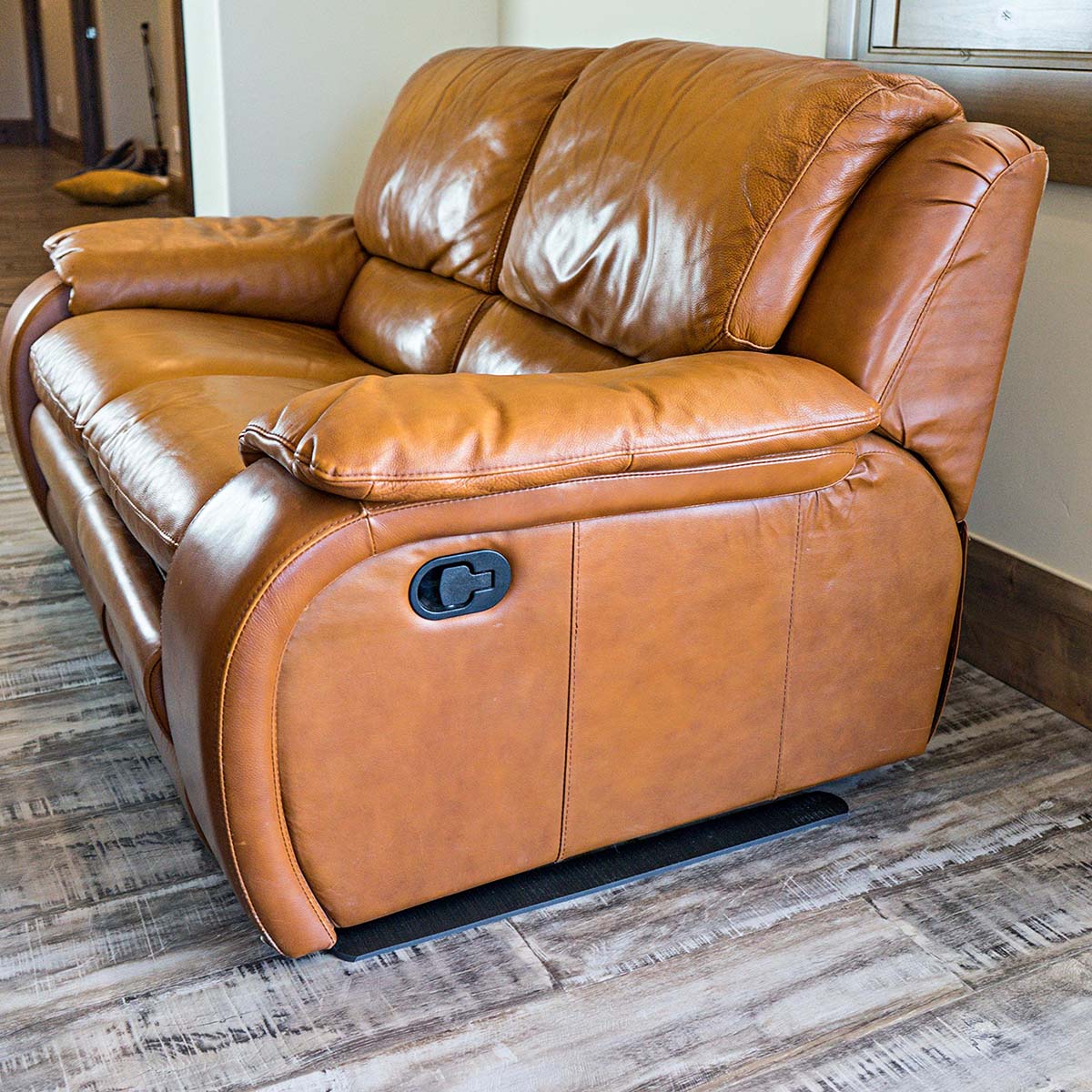
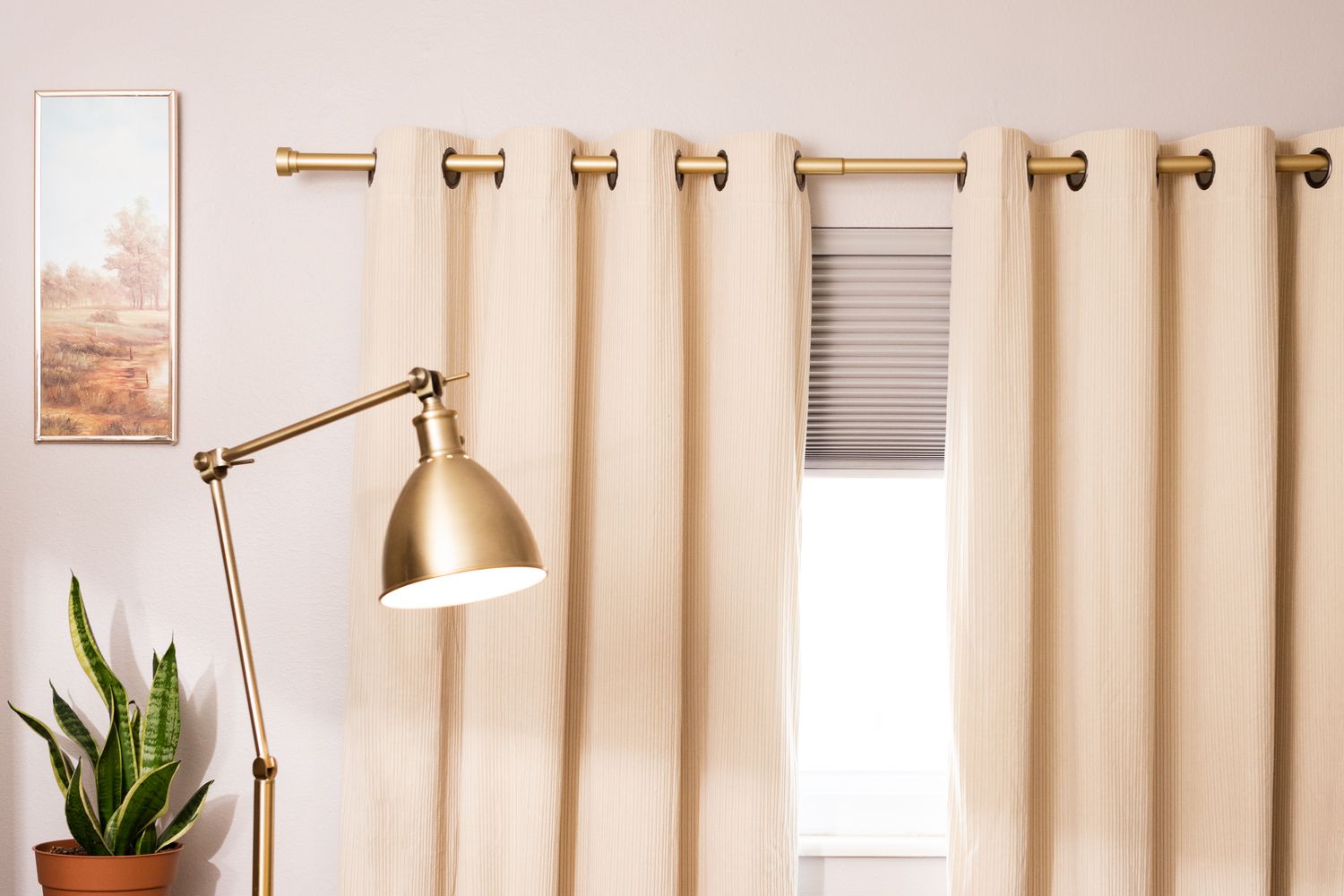
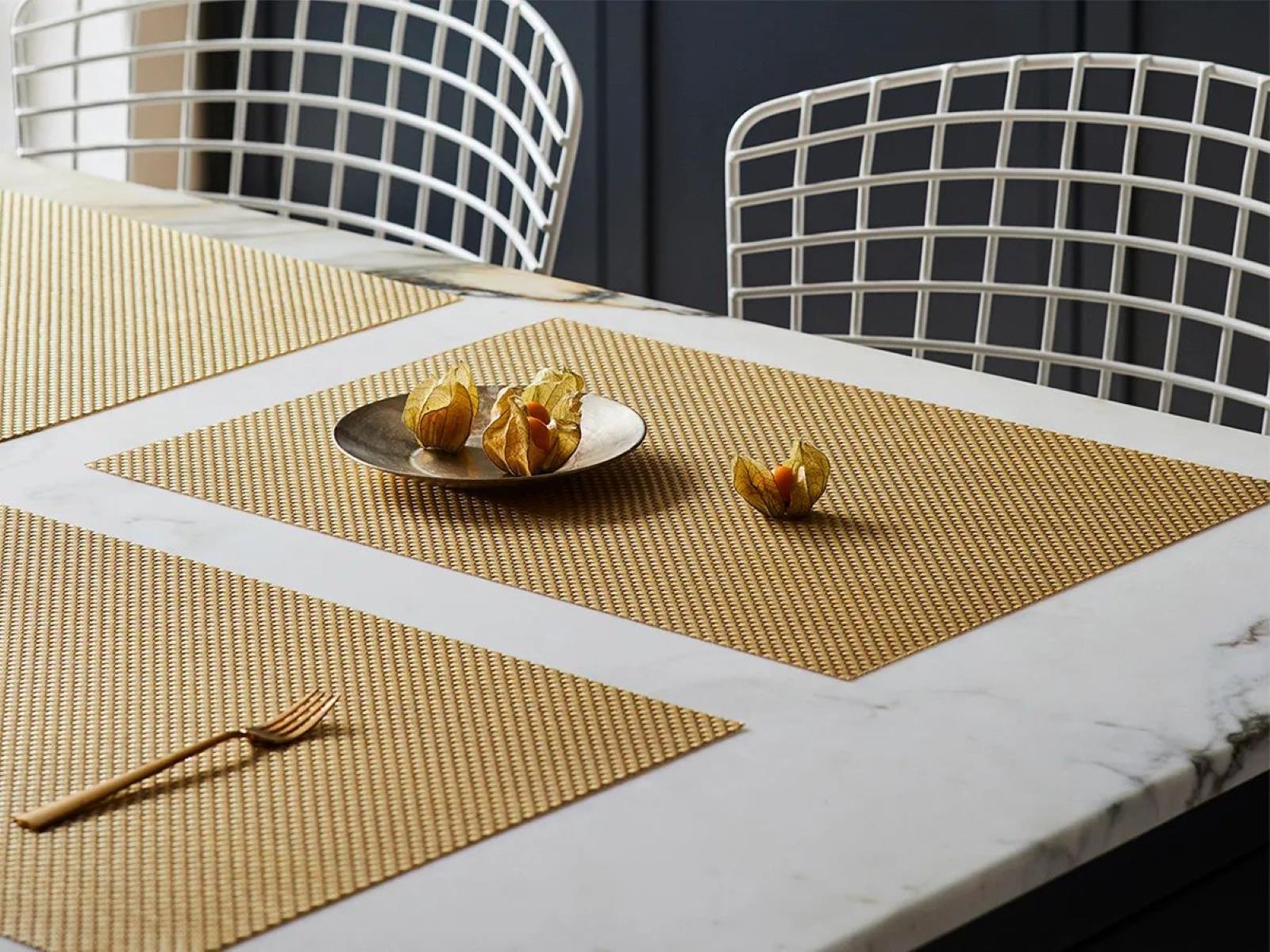
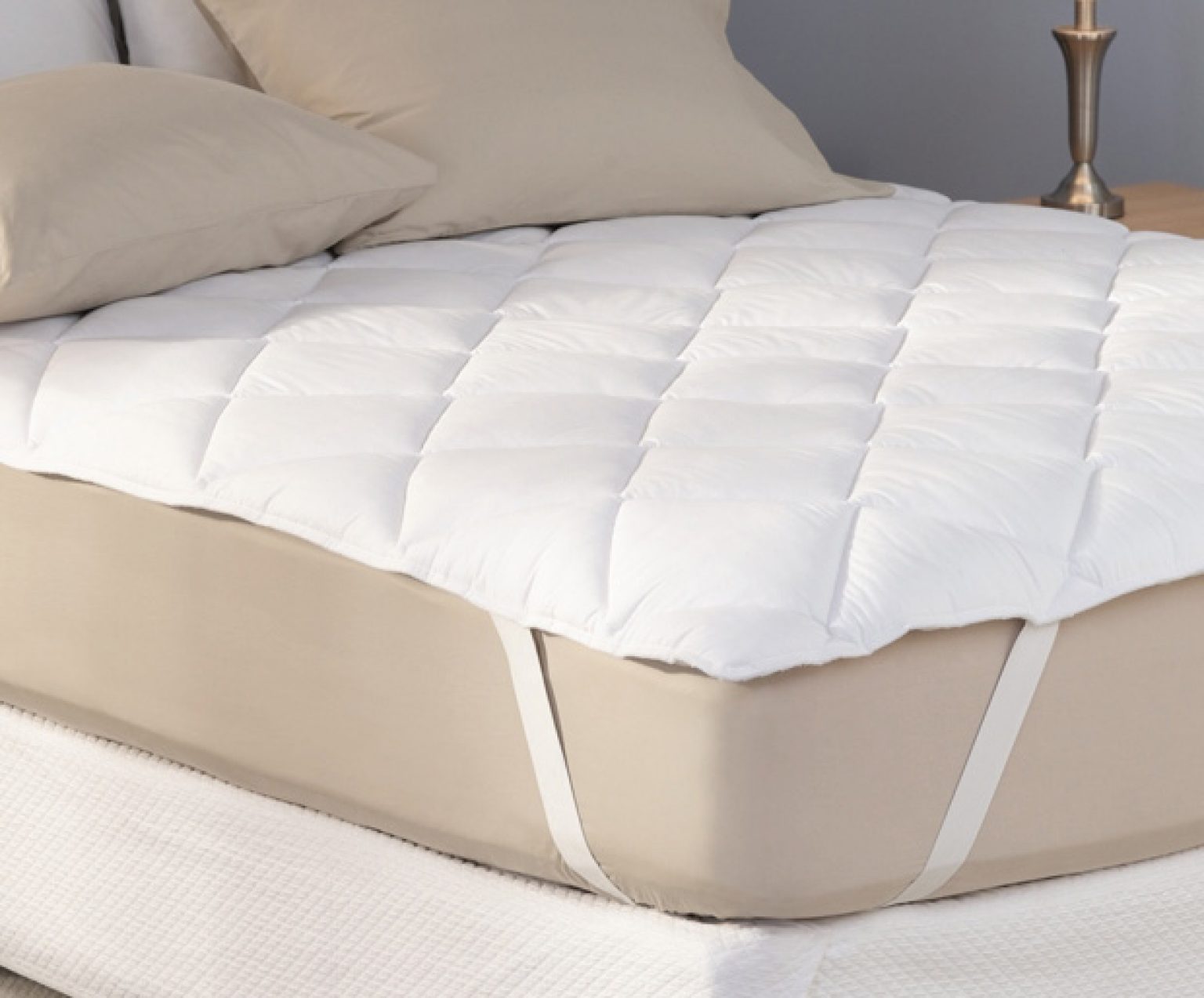
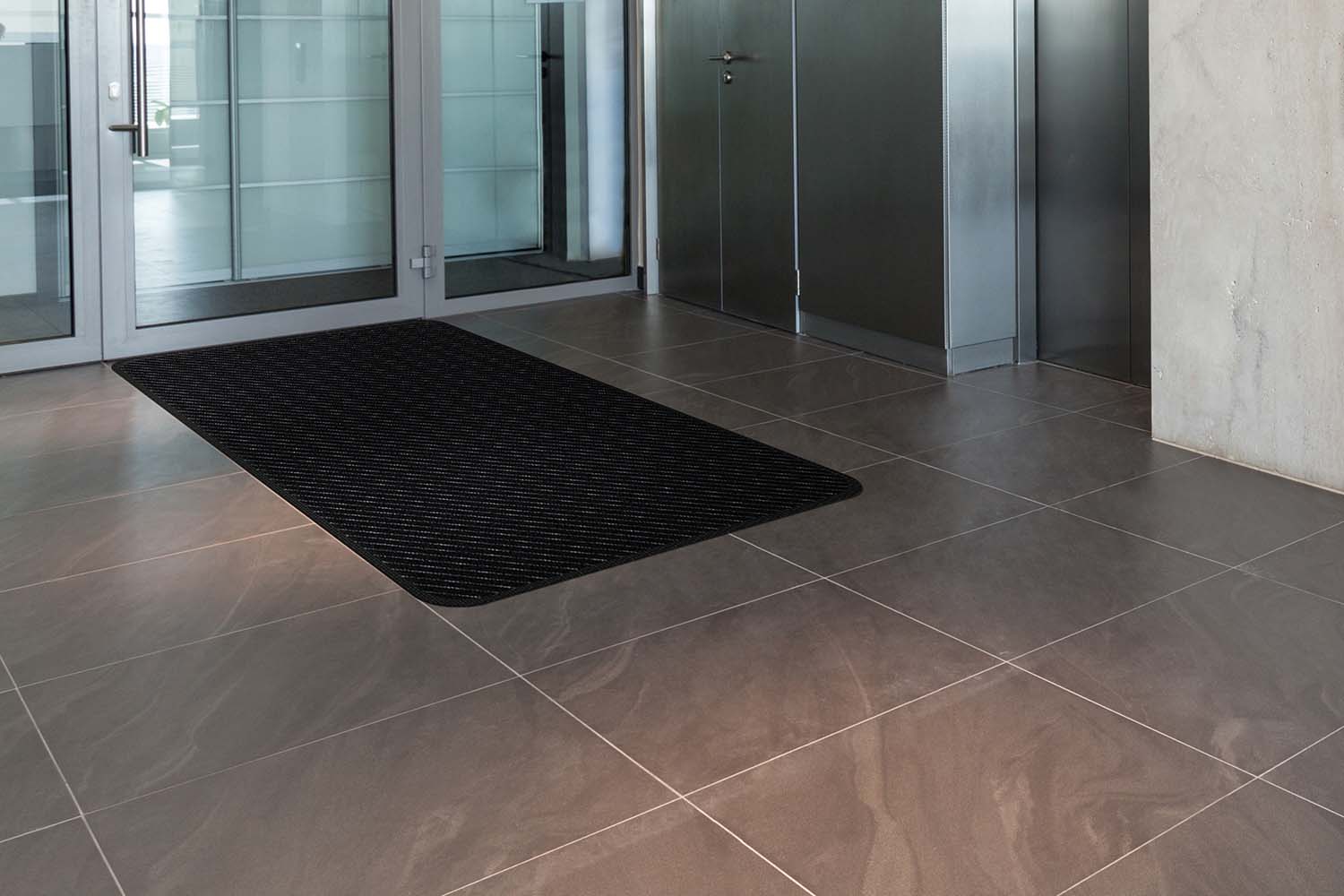
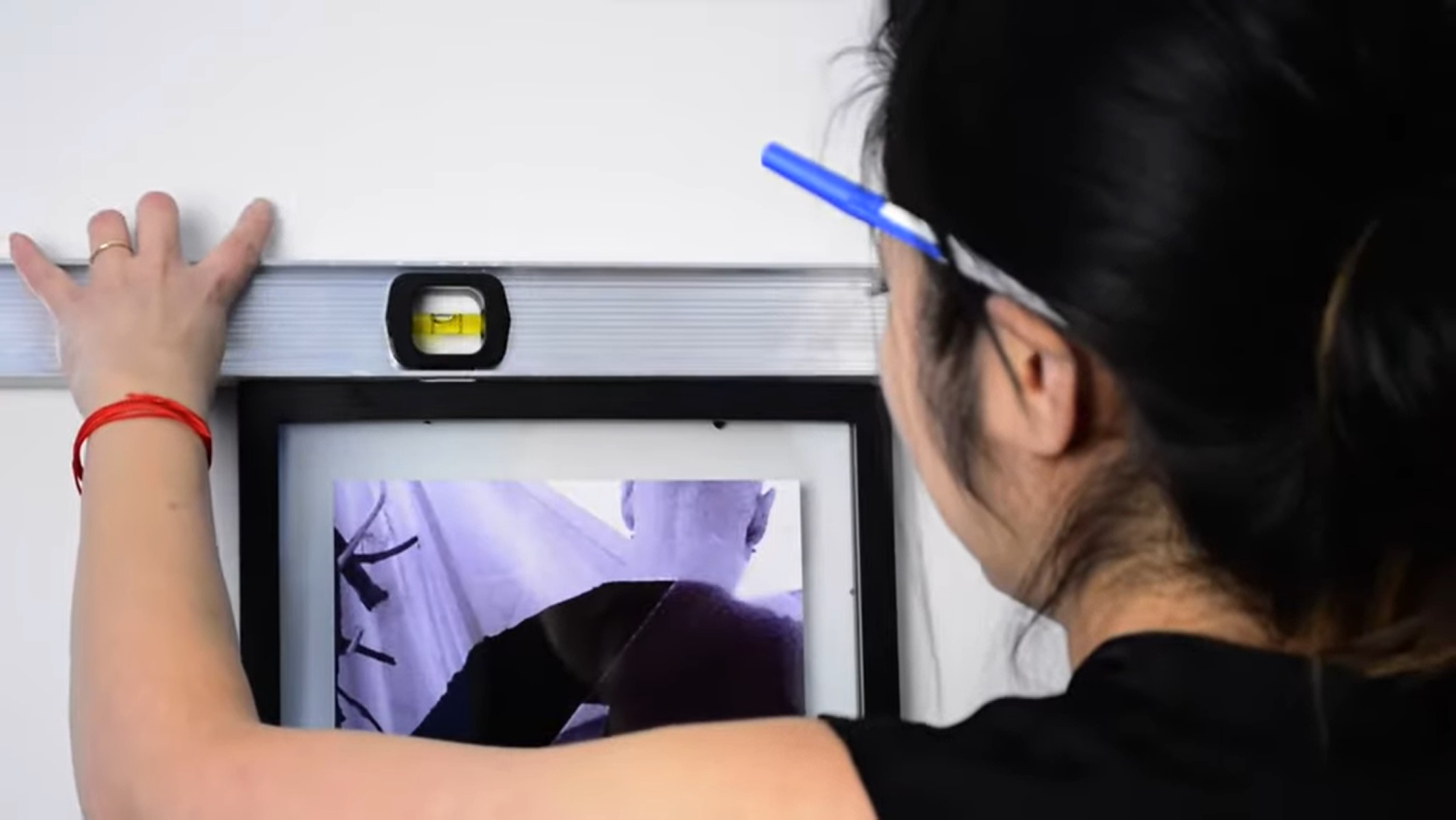
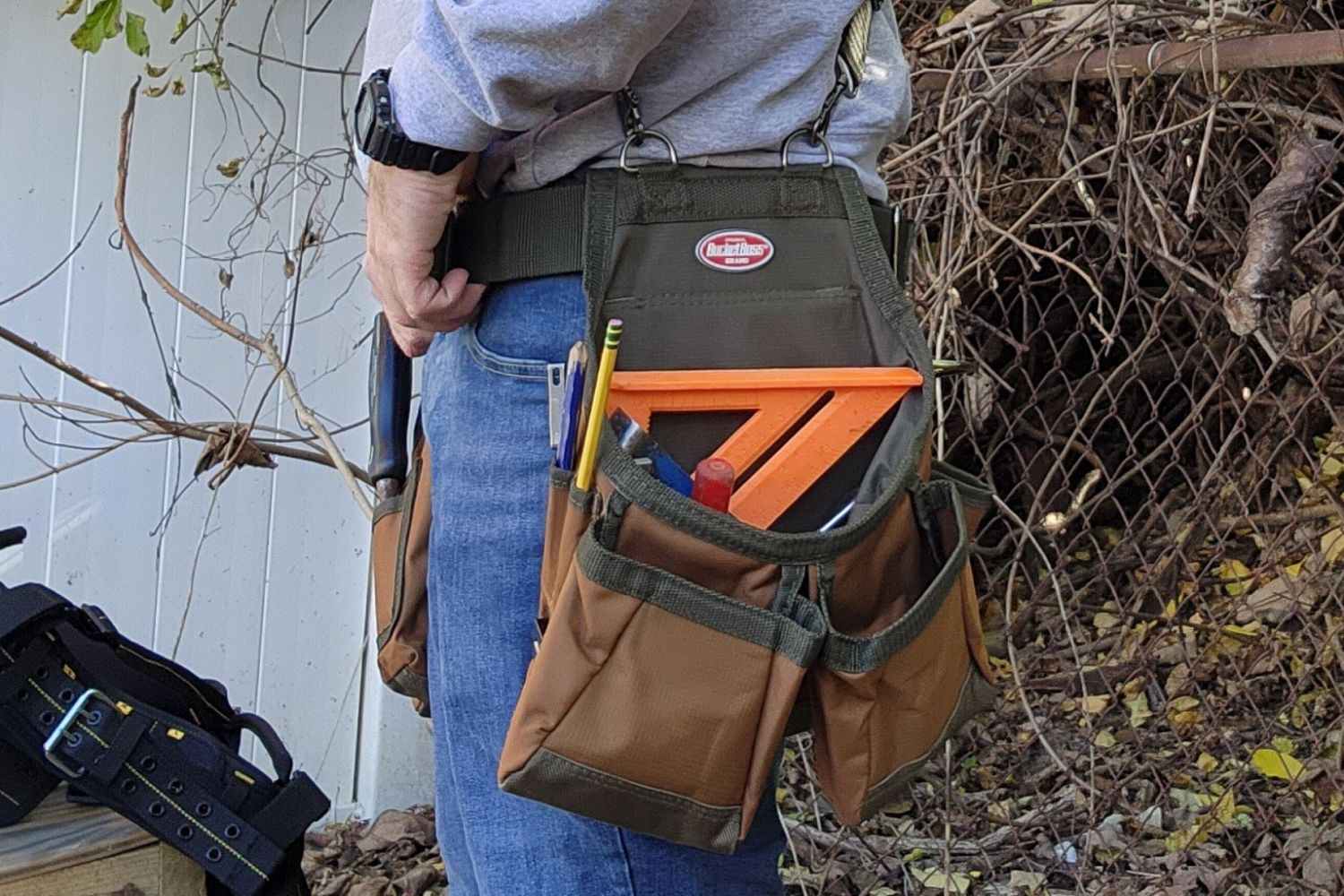
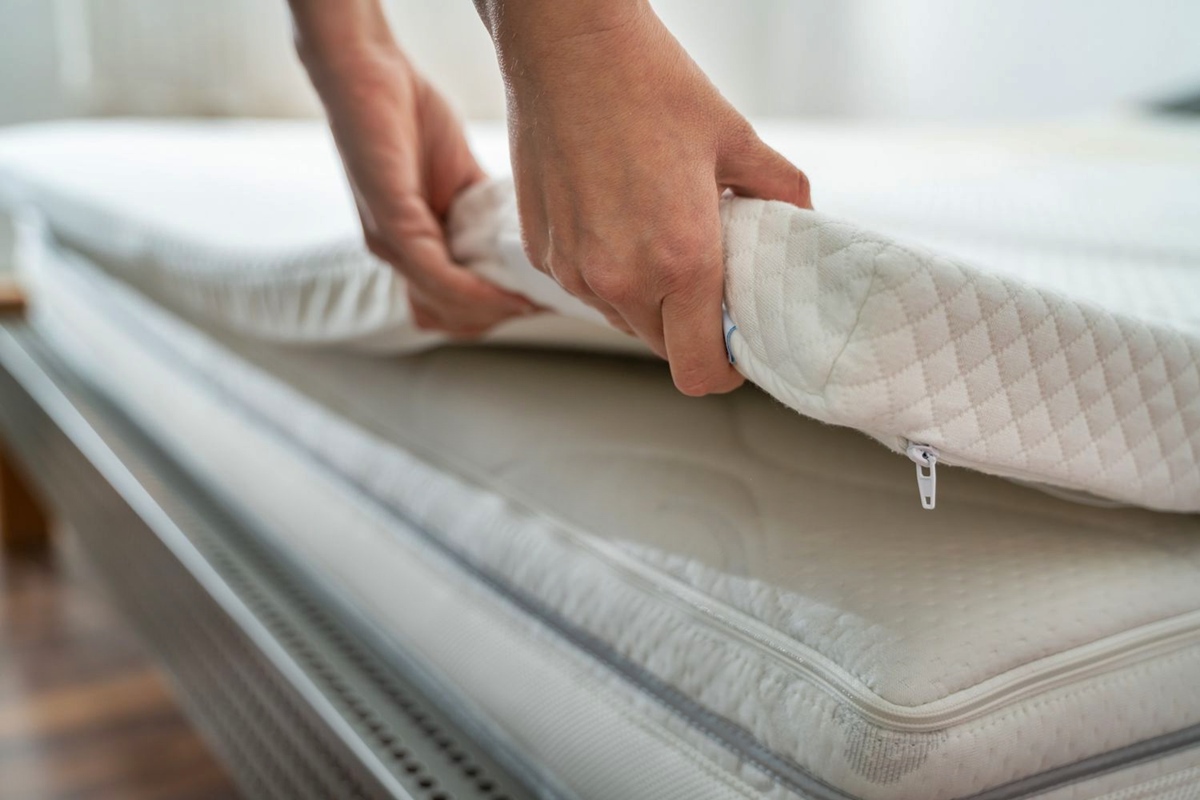
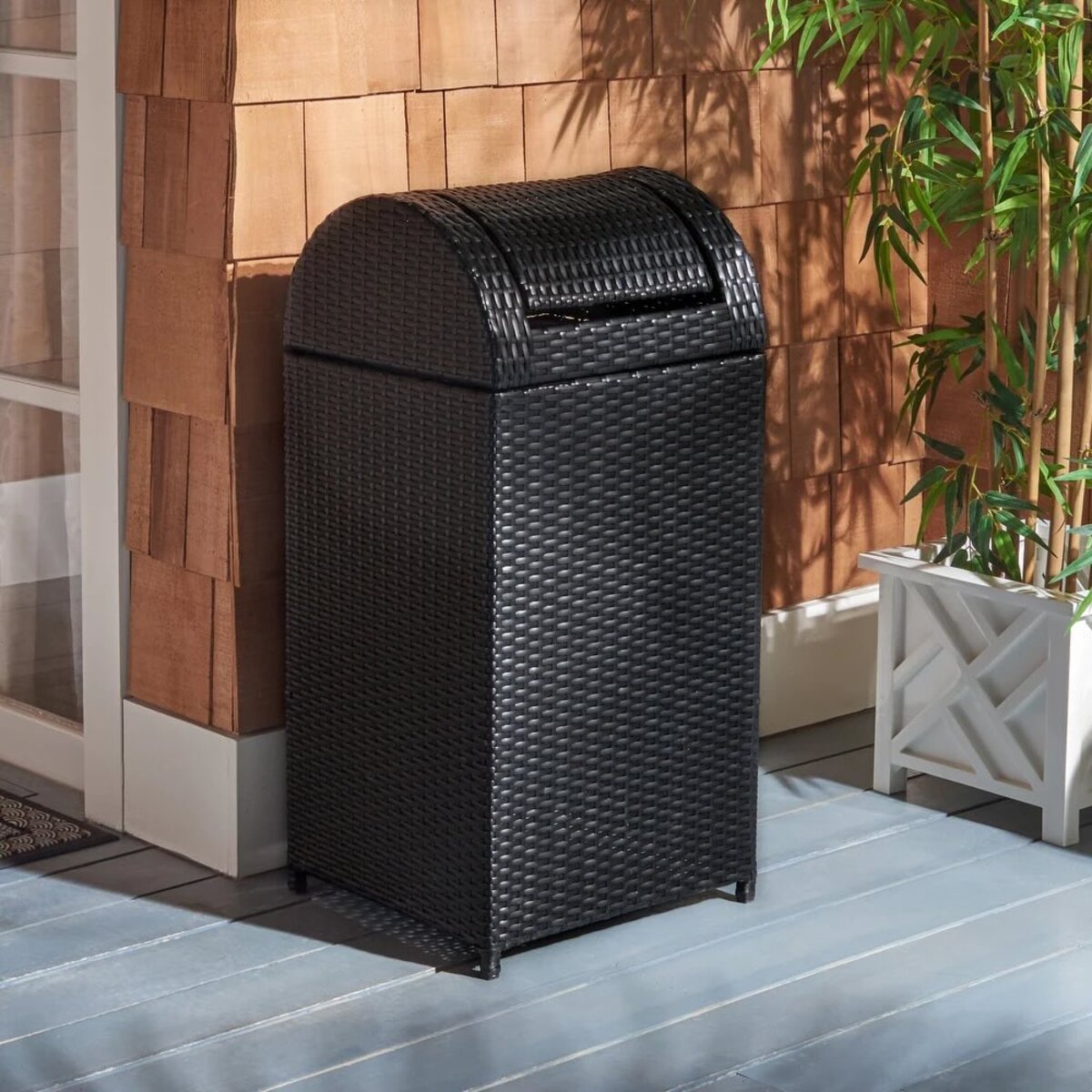
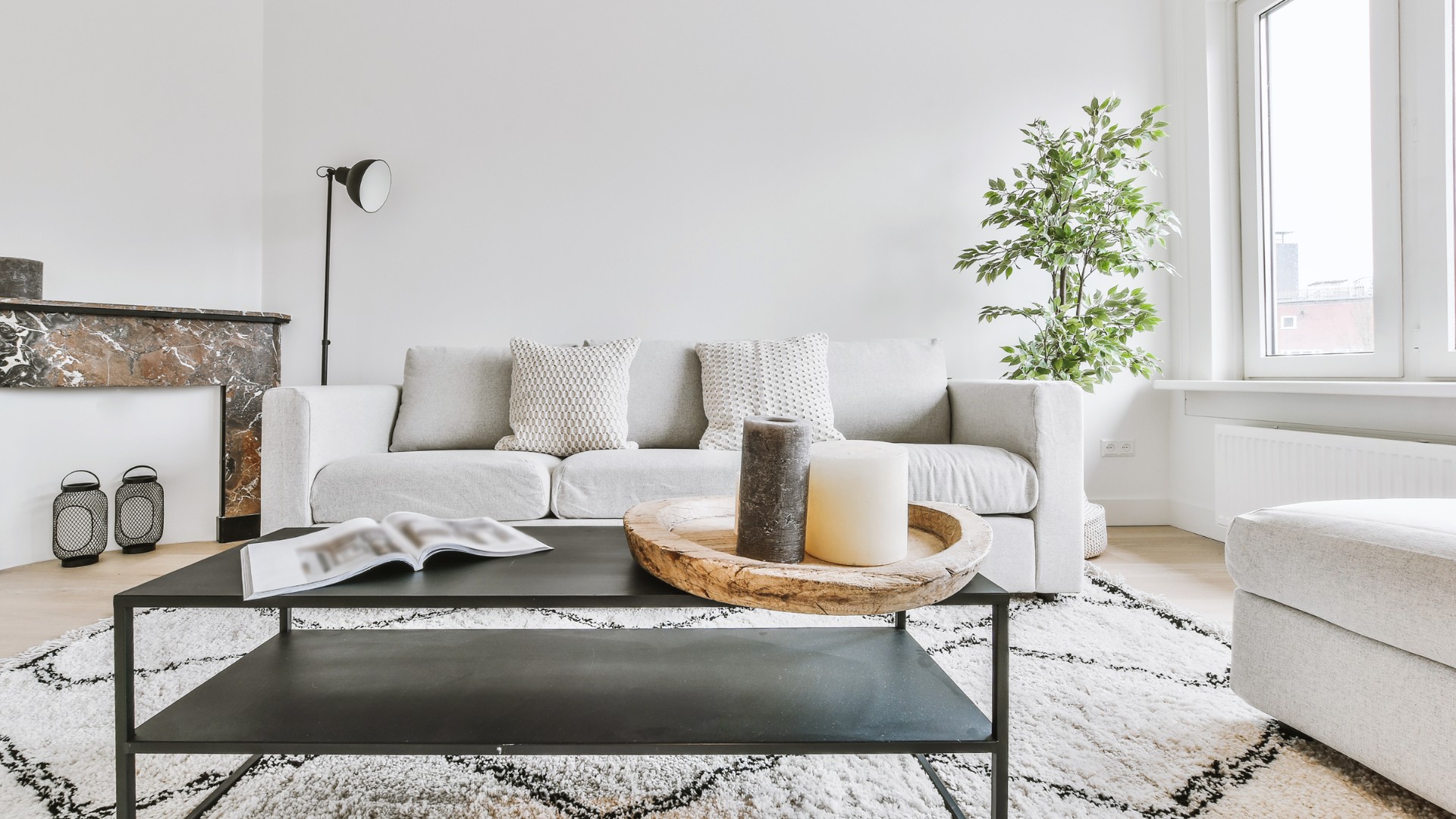
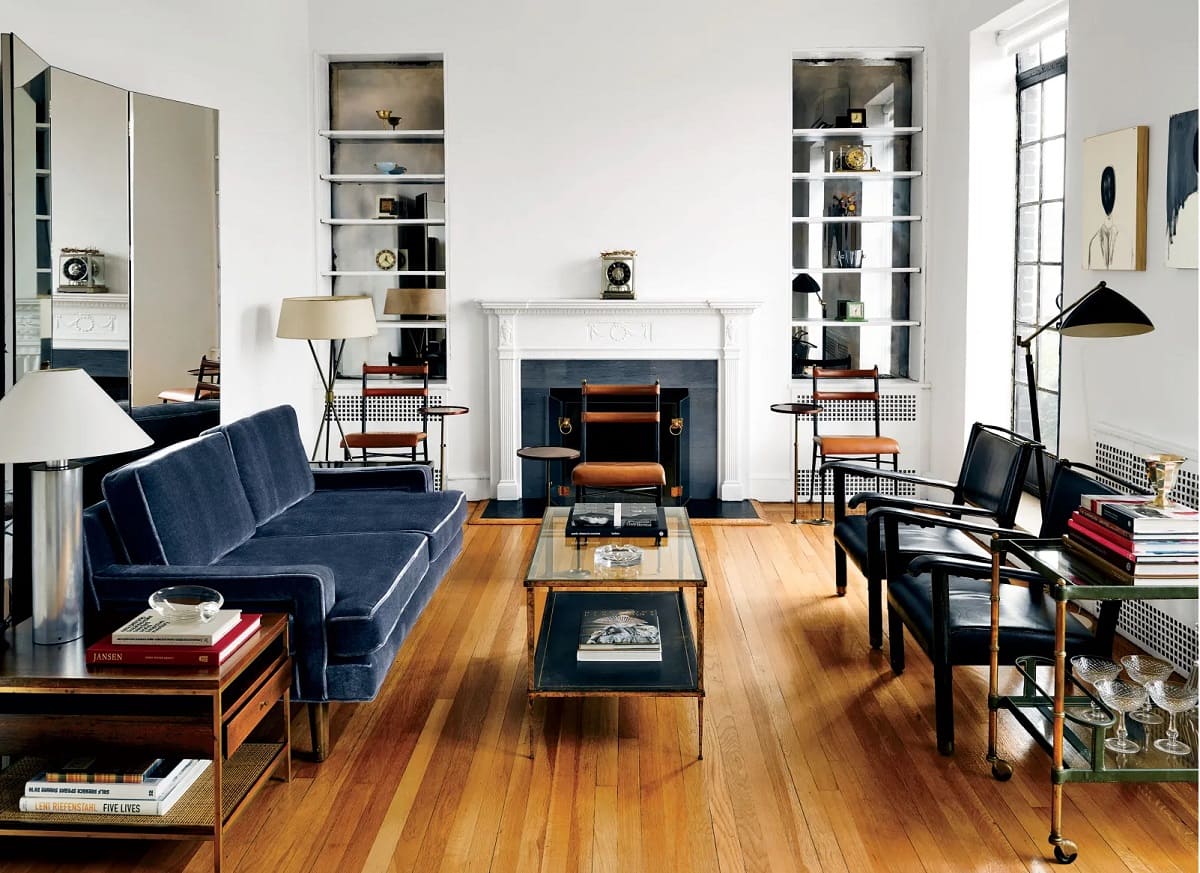
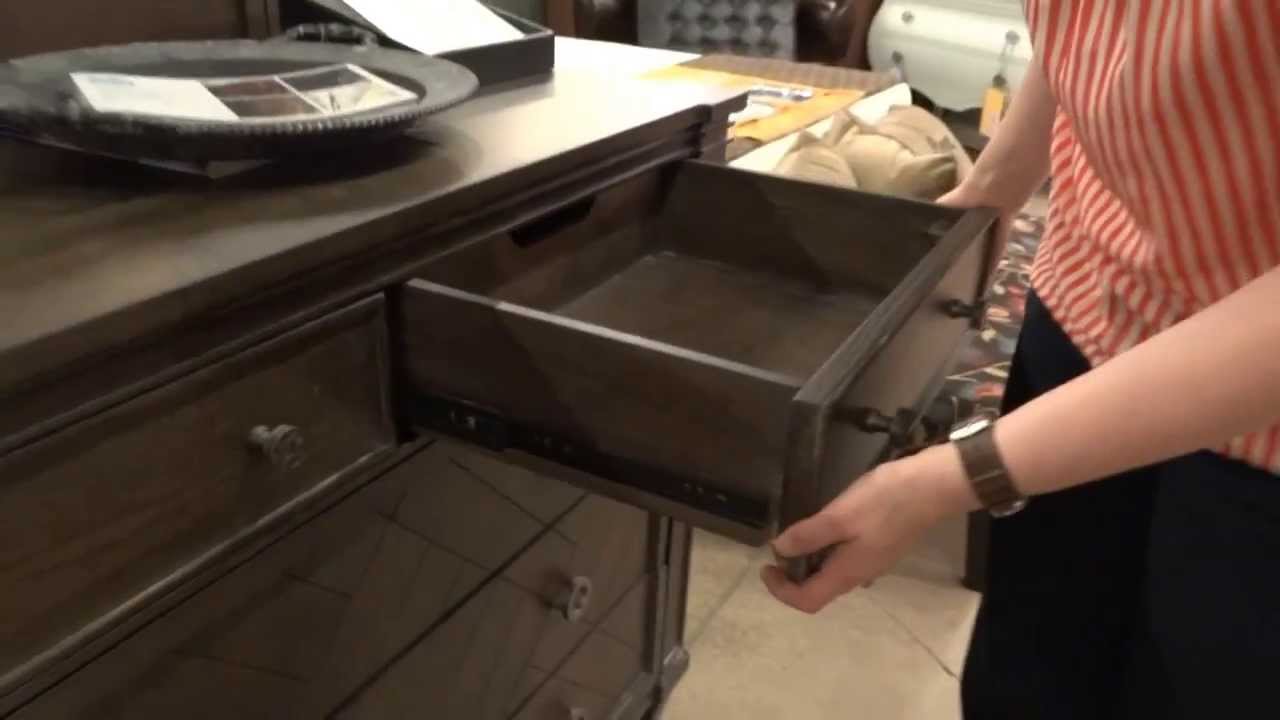
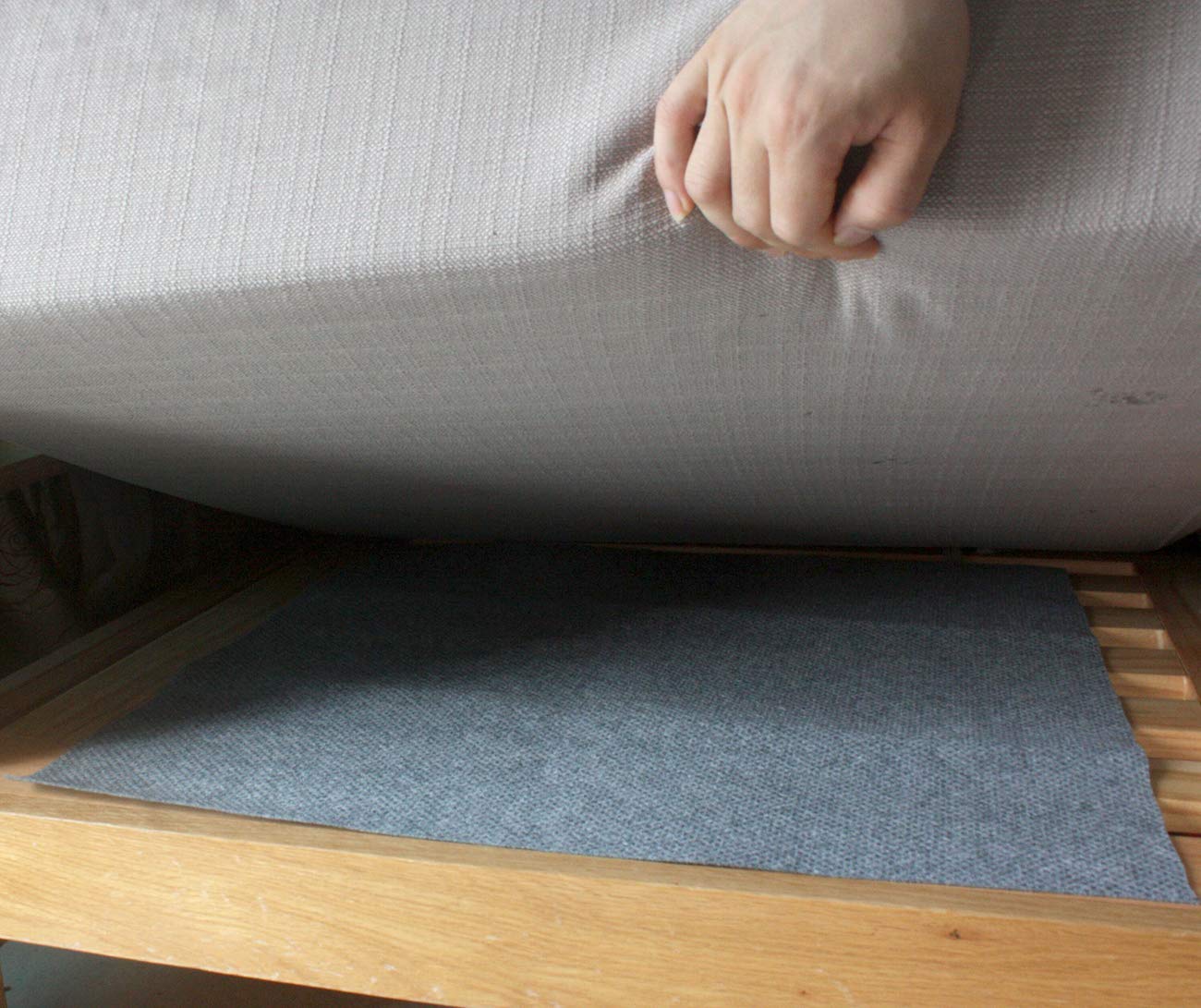

0 thoughts on “How To Keep From Sliding Out Of A Recliner”